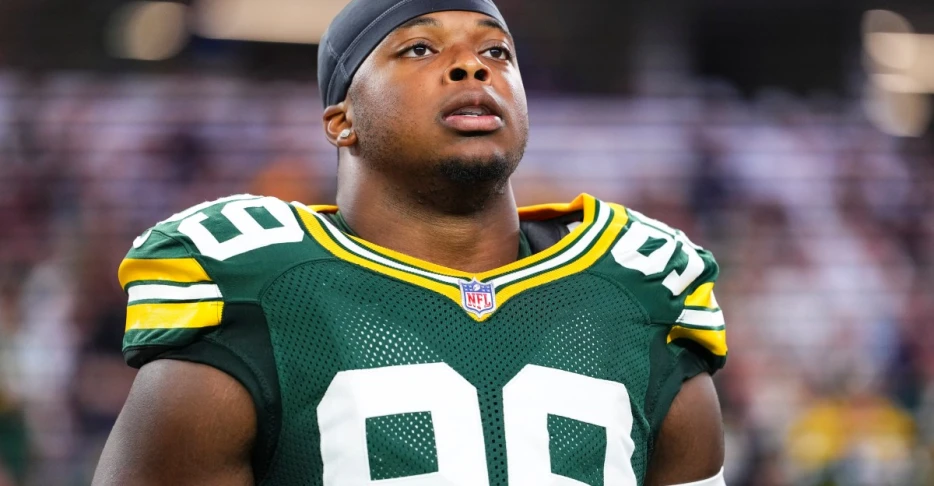
 Acme Packing Company
Acme Packing Company
Folks, we’re rebranding. Instead of calling this series detailed snap counts, it’s going to be the Green Bay Packers’ depth chart update moving forward, as that’s probably a more accurate title. Below, we’ll go into where, why and how many times a player lined up in a certain spot for the Packers against the Arizona Cardinals.
As always, the cells below count all true football plays, including post-snap penalties and excluding kneels and spikes. The cells show how many snaps a player took at a position in each given week. Cells in yellow mean that a player dropped out of the game due to injury and didn’t return. Cells in red mean that a player never played the game due to injury. Cells in black mean that a player was a healthy scratch for the game.
The Packers had a pretty specific strategy going into this game. If you’re wondering why Green Bay’s offense felt so slow, taking up a lot of time on the play clock, this is one reason why.
First of all, the team only played three receivers on the field just 45 percent of the time. They played the heaviest that they’ve been since Week 1 against the Detroit Lions, when they only played 18 total snaps with three receivers on the field together (11 personnel). For perspective, in Week 4 against the Dallas Cowboys, the team played 51 snaps of three-receiver sets.
You might be wondering why the team took this approach. To me, it’s clear that head coach Matt LaFleur wanted to go to great lengths to get man-zone tells from the Cardinals, who, in his own words, called Arizona one of the best disguising defenses in the NFL.
Not only was the offense playing heavy personnel packages against the Cardinals, but they also played a lot of nub sets against the team. In short, “nub sets” are when there’s a slot receiver to one side of the field and an uncovered tight end(s) on the other side of the field. This puts the defense in a position to ask: If we’re playing man coverage, do we want our outside cornerbacks on the same side of the field so the slot receiver isn’t matched up one-on-one against a safety or linebacker?
Below is an example of a nub formation out of a two-tight-end (12 personnel) set:
In this look, the strong safety (SS) is playing over the slot receiver (Z) with the cornerback (C) to the inline tight end (Y). From a pre-snap look, it would be obvious to the offense that the defense is at least presenting a Cover 3 zone look, not a Cover 1 man look, generally the two stock coverages that you’ll see the most out of single-high defenses.
Between this and the Packers’ motions, with them moving around their running backs in and out of the backfield, this is the game that Green Bay was playing on Sunday. They really wanted to know if the Cardinals...